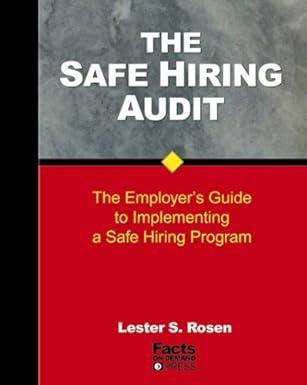Question
1. Nyota Corp sells two products. Product A sells for $100 per unit, and has unit variable costs of $60. Product B sells for $70
1. Nyota Corp sells two products. Product A sells for $100 per unit, and has unit variable costs of $60. Product B sells for $70 per unit, and has unit variable costs of $50. Currently, Nyota sells three units of product B for every one unit of product A sold. Nyota has fixed costs of $750,000. How many units would Nyota have to sell to earn a profit of $250,000?
| a. | 30,000 units of A and 10,000 units of B | |
| b. | 40,000 units of A and 40,000 units of B | |
| c. | 20,000 units of A and 20,000 units of B | |
| d. | 10,000 units of A and 30,000 units of B |
2. Piazza Corp has sales of $400,000, a contribution margin ratio of 40%, and a profit of $40,000. If 20,000 units were sold, what is the break-even point in units?
| a. | 20,000 | |
| b. | 15,000 | |
| c. | 12,000 | |
| d. | 8,000
|
Step by Step Solution
There are 3 Steps involved in it
Step: 1

Get Instant Access to Expert-Tailored Solutions
See step-by-step solutions with expert insights and AI powered tools for academic success
Step: 2

Step: 3

Ace Your Homework with AI
Get the answers you need in no time with our AI-driven, step-by-step assistance
Get Started


